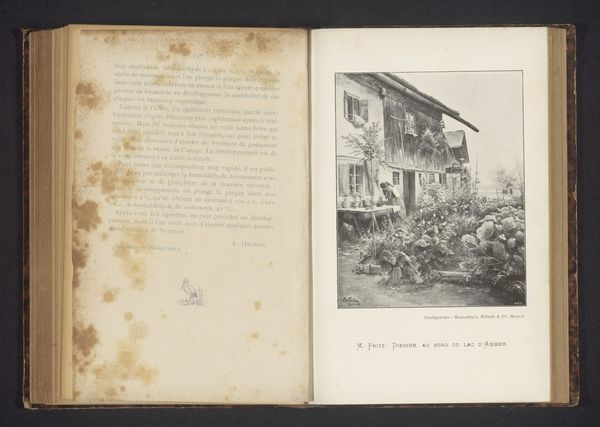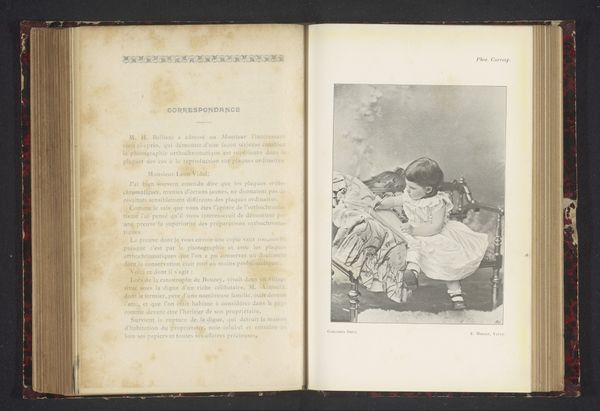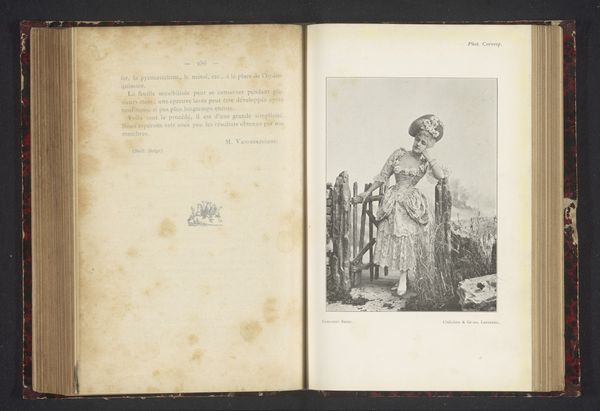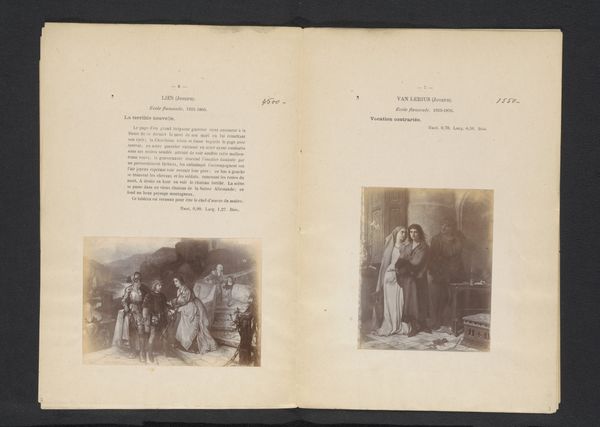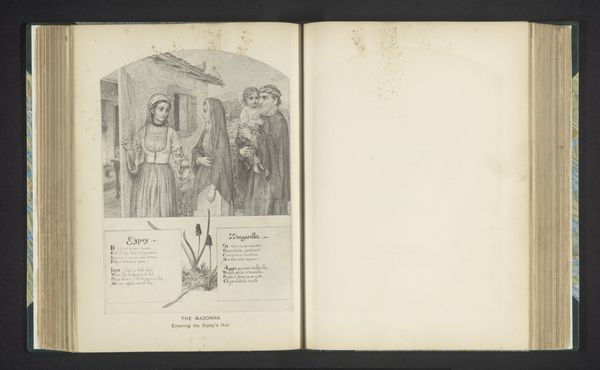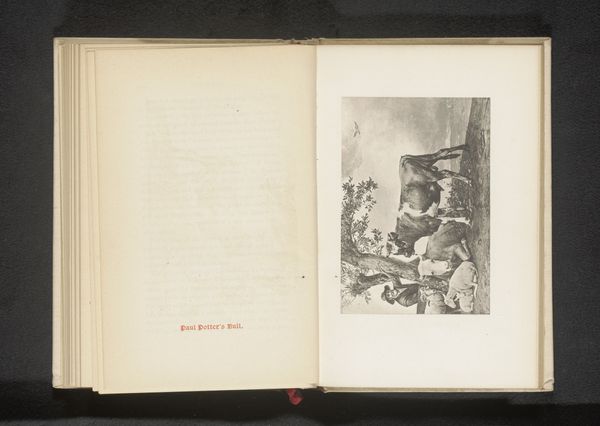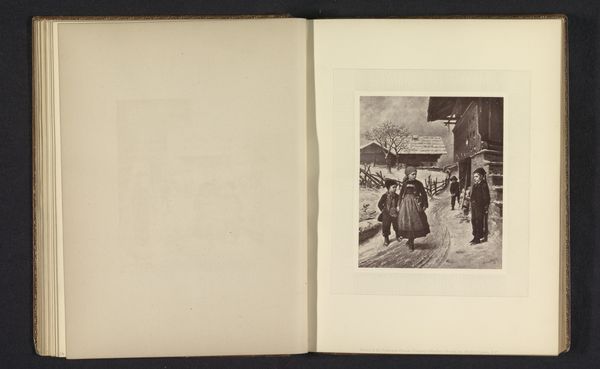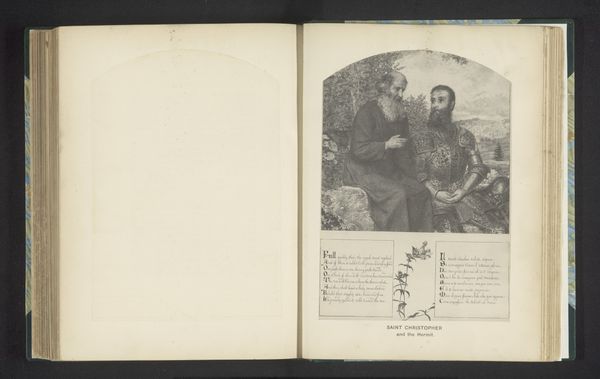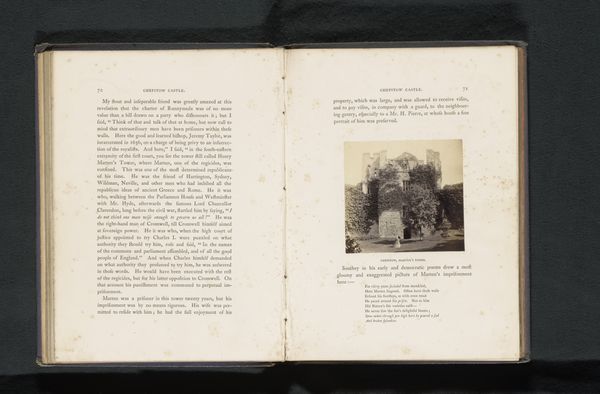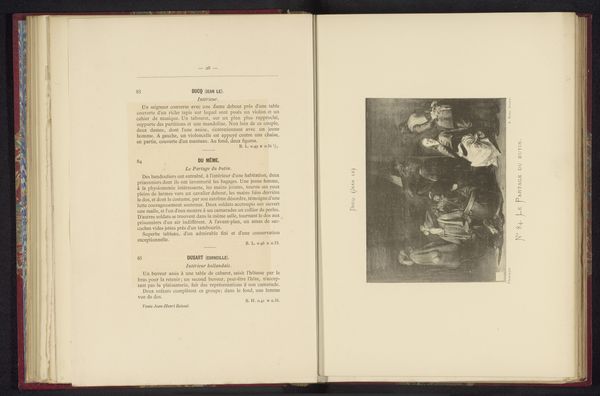
#
aged paper
#
book binding
#
homemade paper
#
paper non-digital material
#
paperlike
#
sketch book
#
hardpaper
#
personal sketchbook
#
journal
#
historical font
Dimensions: height 181 mm, width 130 mm
Copyright: Rijks Museum: Open Domain
Editor: Here we have “Meisje voert kippen op een erf,” which roughly translates to "Girl Feeding Chickens in a Yard," dated before 1898, found within what appears to be a bound journal or book. I’m struck by the idyllic, almost fairytale-like quality. What stories can we unravel from this image? Curator: This image speaks volumes, doesn't it? Note how the act of feeding – such a simple, agrarian task – connects to archetypes of care and nurturing found across cultures. What repeated image is the ‘Mother and Child’ if not feeding and protection? Does the girl seem to fit this expectation? Editor: Well, her dress and the headscarf seem quite traditional, hinting at a specific cultural context, perhaps rural Europe. It also highlights her place within that society. Curator: Exactly! Clothes as markers of belonging and expectation. But think about the chickens themselves. Are they merely livestock? Or do they represent something more—perhaps a deeper connection to nature and the cycles of life? Editor: I hadn’t thought about the chickens symbolically, only as subjects dependent on her. Maybe that makes them about power, not only nurturing. Curator: Consider that perhaps, in turn, we may examine this symbiosis as an interplay, in essence another form of shared life that carries its own weight of history, duty, survival, but at which end is the expectation for sustenance directed at, that is a question to be asked with an open heart. How do you view this as you study this moment captured in a far off memory? Editor: So, it is a picture not just about the act of feeding, but of all the invisible, reciprocal links within this small ecosystem? That is lovely! Curator: Indeed! Every symbol is part of a larger web of meaning and memory. Understanding how these visuals tie together unlocks a richer understanding of our shared human story. It certainly encourages closer observations of the art.
Comments
No comments
Be the first to comment and join the conversation on the ultimate creative platform.
